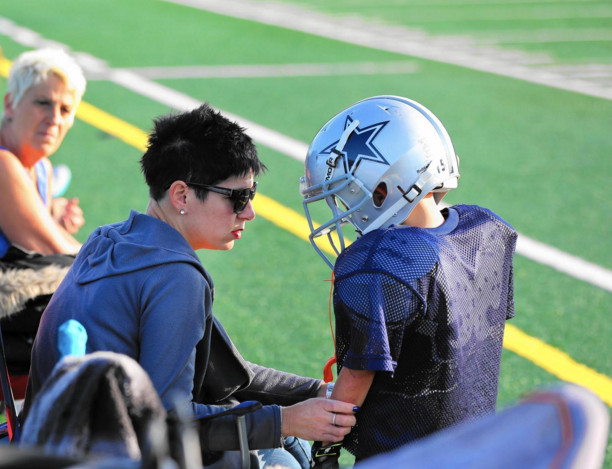The recent suicide of former New England Patriots’ tight end, Aaron Hernandez in a Massachusetts prison after being acquitted of double homicide, re-ignited the conversation about chronic traumatic encephalopathy (CTE). According to the Concussion Legacy Foundation, “CTE is a degenerative brain disease found in athletes, military veterans, and others with a history of repetitive brain trauma.” This diagnosis can only be made after death. Hernandez’ brain was studied after his suicide at the age of 27 which concluded that he did indeed have CTE at an advanced stage.
Several published studies have shown that athletes who begin playing contact sports and are exposed to head impacts before the age of 12 are at greater risk for CTE. It is reported that Hernandez started playing football at the age of 6.
Youth sports is a major institution in modern American culture. Parents are encouraged to place their children in organized sports for a variety of reasons such as confidence building, discipline, and physical fitness. Of course, there is always the hope that one’s youth athlete could become the next highly paid professional athlete. However, parents are now reconsidering signing up their children for youth football teams for fear of the long term effects of head impacts which can lead to CTE.
While there are opposing opinions on the safety of youth tackle football, there are some suggestions for keeping young athletes safe if they do continue with the sport. The Mayo Clinic suggests that parents learn to recognize the signs and symptoms of CTE such as suicidal thoughts or attempts, head injury, memory problems, and personality and mood problems. Seeking immediate and follow up care is essential to prevent further damage. Physicians at primary medical care centers and urgent care clinics are able to recognize early symptoms of concussions and other brain injuries that can ultimately lead to CTE.
